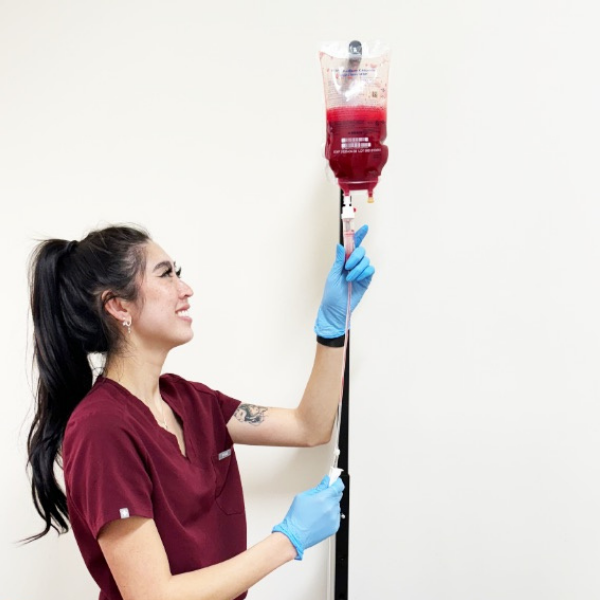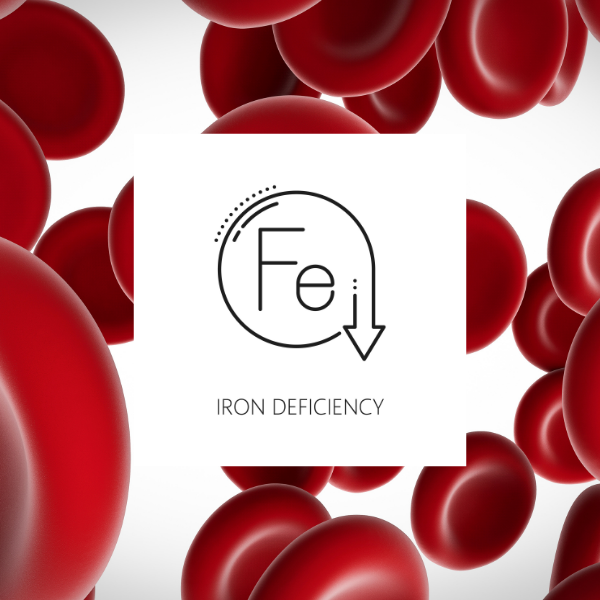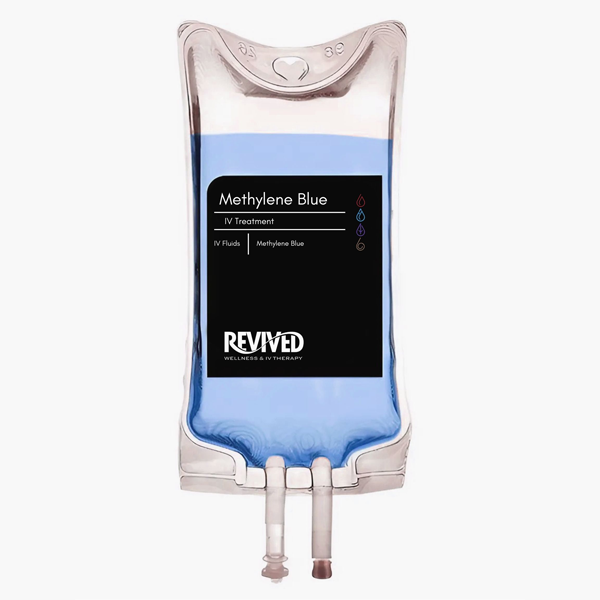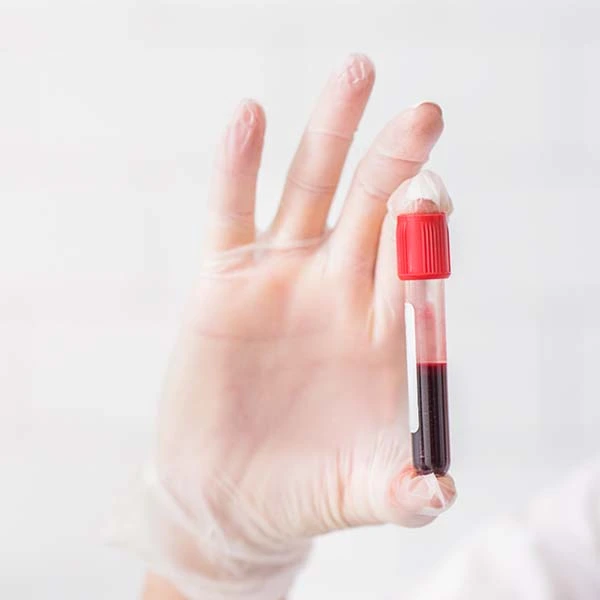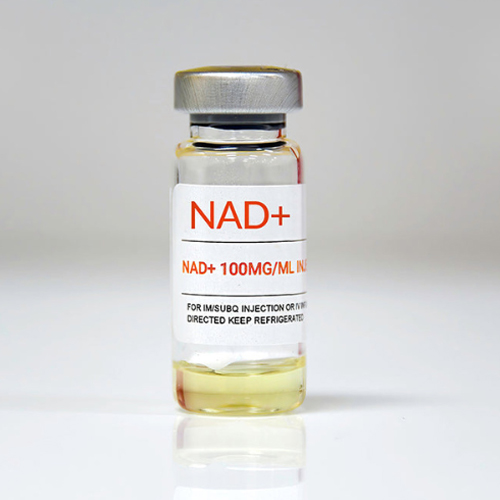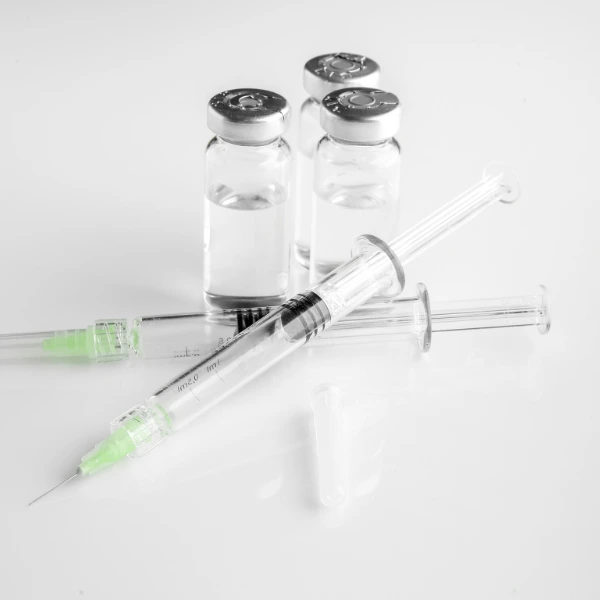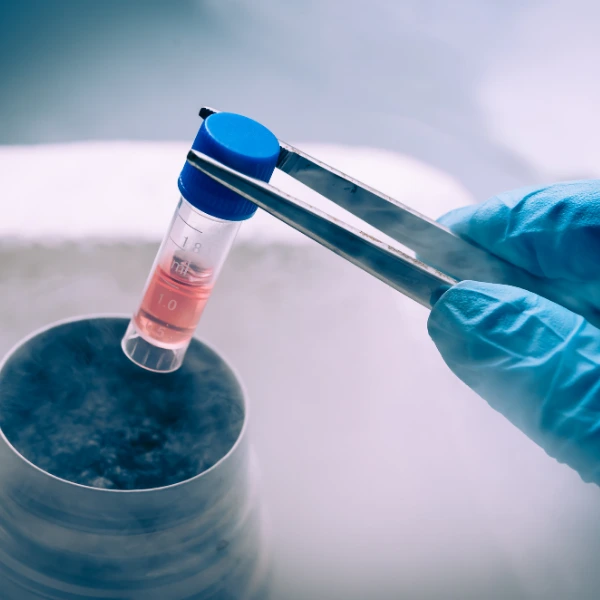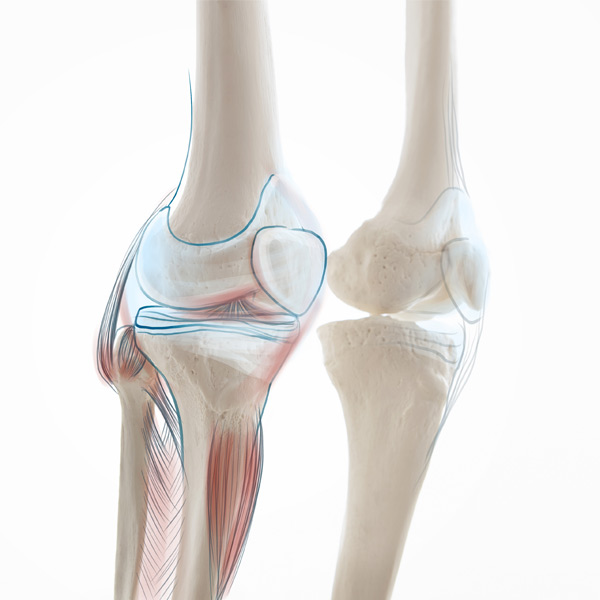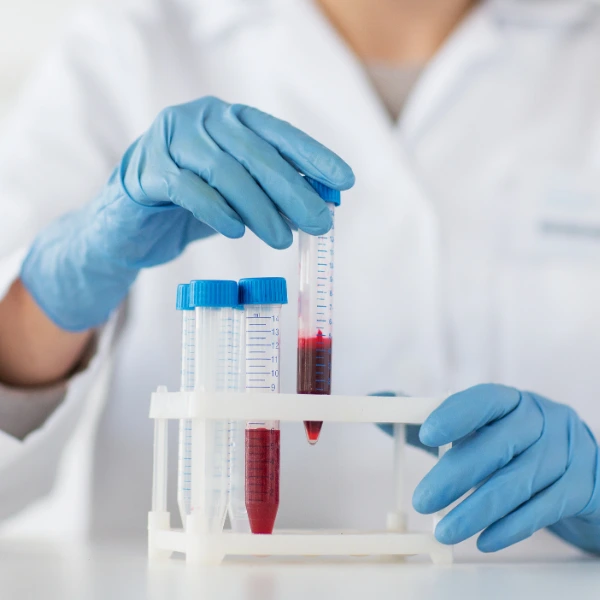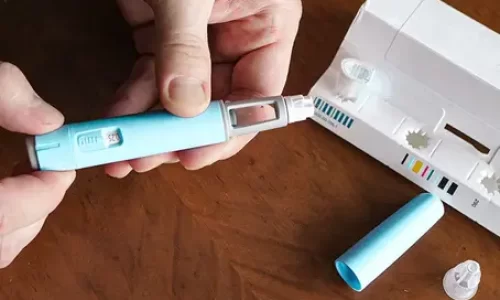Iron infusions are a common treatment for individuals with iron deficiency anemia or low iron levels. They deliver iron directly into the bloodstream through an intravenous (IV) line, making them an effective way to boost iron levels quickly. This blog provides information on what to expect during and after an iron infusion, including the procedure, potential side effects, and aftercare tips. As always, consult with your doctor before starting any new therapy, including iron infusions, to ensure it is the right option for your health needs, according to the National Institutes of Health.
What to Expect Before the Iron Infusion
Before undergoing an iron infusion, a healthcare provider will typically perform a thorough evaluation, which may include blood tests to check hemoglobin and iron levels. This assessment helps determine the necessity of the infusion and the appropriate dosage of iron. Patients should inform their healthcare provider about any medical conditions, allergies, or medications they are currently taking to ensure safe and effective treatment, as noted by the Mayo Clinic.
What to Expect During the Iron Infusion
1. The Setup
The iron infusion process begins with the healthcare provider setting up an IV line. A small needle is inserted into a vein, usually in the arm or hand. The IV line is connected to a bag containing the iron solution. The entire setup process is straightforward and generally takes a few minutes.
2. Administering the Infusion
Once the IV line is in place, the iron solution is slowly administered into the bloodstream. The rate of infusion is controlled to ensure safety and comfort. The duration of the infusion can vary depending on the type of iron used and the specific needs of the patient. Typically, an iron infusion lasts between 30 minutes to several hours. Some infusions may be done more quickly, while others are administered slowly to monitor for any reactions.
3. Monitoring During the Infusion
Healthcare providers closely monitor patients during the infusion process to check for any signs of adverse reactions or side effects. Common monitoring practices include checking vital signs such as blood pressure, heart rate, and oxygen levels. If any symptoms like dizziness, nausea, or allergic reactions occur, the healthcare provider will take appropriate action. Severe reactions are rare, but the monitoring process helps ensure patient safety.
What to Expect After the Iron Infusion
1. Immediate Post-Infusion Care
After the infusion is complete, the healthcare provider will remove the IV line. Patients are usually asked to remain in the clinic for a short observation period, typically around 30 minutes, to monitor for any delayed reactions. This observation period helps ensure that any side effects can be addressed promptly, as noted by the Cleveland Clinic.
2. Possible Side Effects
While iron infusions are generally safe, some patients may experience side effects. Common side effects include:
Headache: Some patients report mild headaches following an iron infusion.
Nausea: Feeling nauseous is a common side effect that usually resolves on its own.
Muscle Cramps: Mild muscle cramps can occur during or after the infusion.
Temporary Changes in Taste: Some patients notice a metallic taste in their mouth during or after the infusion.
Skin Reactions: Mild skin reactions such as redness, swelling, or itchiness at the injection site can occur.
Severe allergic reactions, known as anaphylaxis, are rare but possible. Symptoms of a severe reaction include difficulty breathing, swelling of the face or throat, and rapid heart rate. Immediate medical attention is required if these symptoms occur.
3. Aftercare Tips
Stay Hydrated: Drinking plenty of water can help reduce side effects such as headaches and nausea.
Rest: Some patients may feel tired after an iron infusion. Resting for the remainder of the day is advisable.
Monitor for Side Effects: Patients should monitor themselves for any side effects or allergic reactions in the hours and days following the infusion. If any severe symptoms or concerns arise, they should contact their healthcare provider immediately.
4. Follow-Up Appointments
Follow-up appointments may be necessary to check blood iron levels and evaluate the effectiveness of the treatment. The healthcare provider will use these follow-ups to determine if additional infusions are needed or if other treatments should be considered. Regular monitoring ensures that iron levels are maintained within a healthy range.
Revived IV Therapy: Supporting Your Health in Houston
At Revived IV Therapy in Houston, we provide iron infusion therapy to help manage iron deficiency and support overall health. Our experienced medical professionals ensure that each patient receives personalized care throughout the treatment process. Whether you are experiencing symptoms of iron deficiency or seeking a reliable treatment option, Revived IV Therapy is here to help. Contact us today to learn more about iron infusion therapy and how it can benefit your health.


